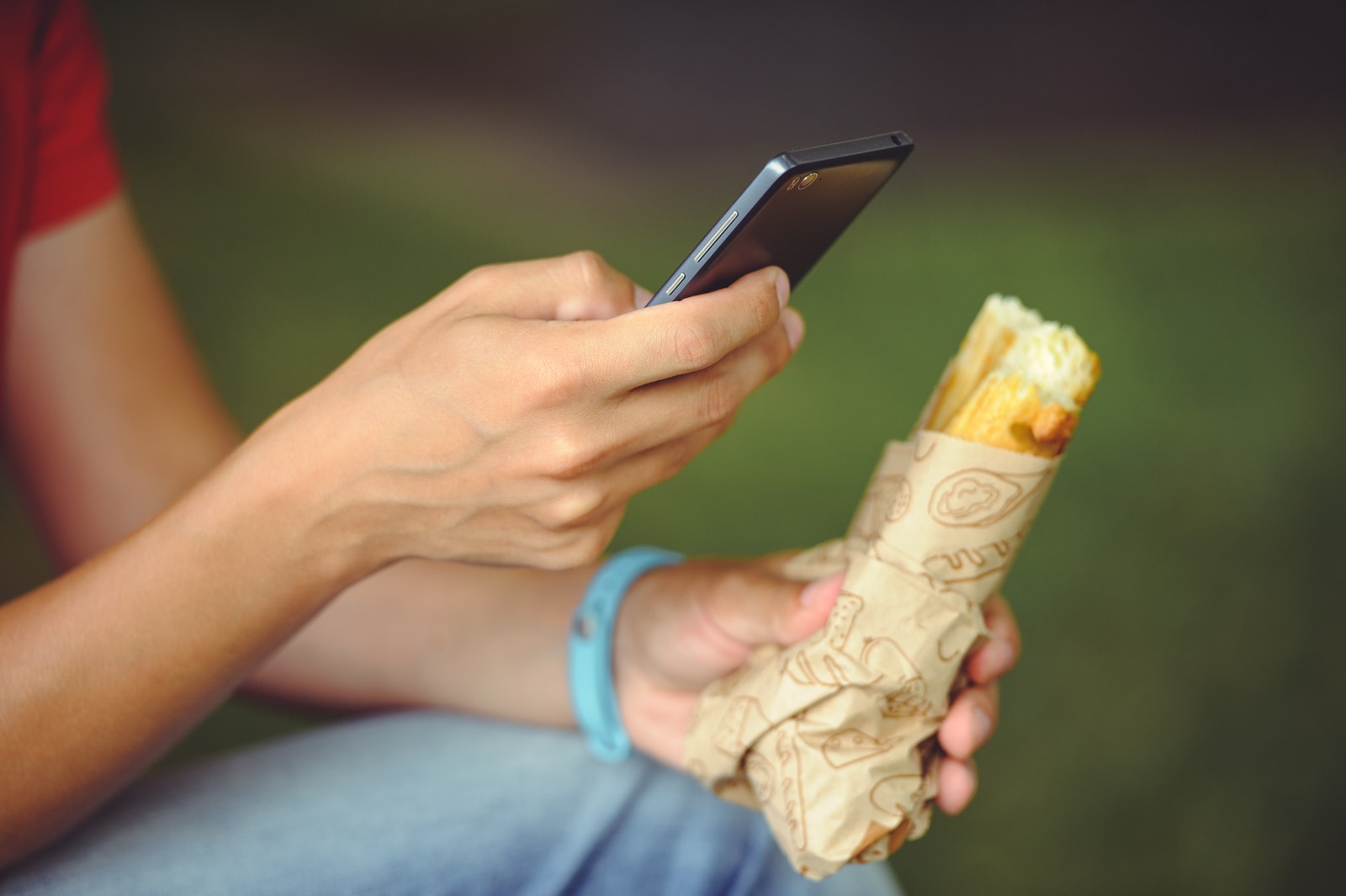There is one love that’s been with me my entire life: fast food. Whether I’m at the airport or just grabbing a quick bite on the go, fast food for me is comfort food, and it’s convenient and, well, I could go on and on.
Now, over the years my fast food palate has gotten a bit more refined (I realize how that sounds.) When I was a kid I was all about the burgers and fries, but these days I’m pretty open to new things, from burrito bowls to grab-and-go sushi from high-end supermarkets. The only thing is, at a certain point, the fancier stuff starts to add up. Don’t worry, though! There’s a way to keep this from hurting your wallet, and you can easily download it with your smartphone. I am talking, of course, about using a coupon app for fast food.
I’ve talked in the past about how retail shopping apps save money, but today I want to shift gears and apply the same lens to tech that helps you get savings when you purchase fast food. I know I’m not the only one out there who loves to grab a quick bite on the go, just like I know I’m not the only one who would enjoy saving money when I do! So, with all that in mind, let’s take a look at the best free smartphone coupon apps for fast food connoisseurs!
The Basics: Using Coupon Apps for Fast Food
In case you aren’t familiar, coupon apps for fast food are, obviously, apps you download to a mobile device—generally a tablet or a phone because, let’s face it, you’re not going to be hauling your computer out at the drive-thru. The point of fast food is the speed and convenience, and, I don’t know about you, but I’m pretty much always in a hurry when I eat it.
Anyway, once you have the app, the easiest way for me to explain how to use it is by comparing it to the many apps out there that make it easier to get cash back on groceries or other purchases like electronics or clothing. These apps, the ones I use anyway, are all basically split into two groups: couponing apps and shopping rewards apps.
Coupon Apps for Fast Food Discounts
Apps like Coupon Sherpa, Valpak, or GeoQpons offer discounted prices meant to entice you to go to certain restaurants. The way they distribute these deals may work differently from app to app. Coupon Sherpa, for example, has a list of promo codes or print out coupons for you to browse, while GeoQpons sends you alerts about deals based on your location. Regardless, the basics are the same: these are apps that let you pay lower prices at time of checkout, saving you money on fast food that way.
Rewards-based Apps for Fast Food Discounts
These are apps that generally award you points for doing the things you normally do at a fast food restaurant, like making purchases. Some of them even give you points for walking through the door! Then, when you save up enough points, you can trade them in for gift cards to your favorite restaurants, or even to your favorite retail and electronic stores. What’s really cool about these apps is that you can generally use them in tandem with the couponing apps. You don’t have to know anything about tech to figure out that using multiple apps will net you more savings than using just one.
Making the Most of Your Coupon App for Fast Food
The best way to make the most of your coupon app for fast food is to pair it with one of my favorite rewards apps: Shopkick. Shopkick is one of those apps that I mentioned above that starts giving you points as soon as you step inside a restaurant, or, in the case of some stores, pull up to the drive-thru. How it works is that you get points for doing these things, and then you can trade those points in for gift cards.
The best way to make the most of your coupon app for fast food is to pair it with one of my favorite rewards apps: Shopkick.
This is actually ideal for someone like me, who always feels like he’s somehow cheating or splurging when he buys fast food. To be honest, paying for it with a gift card takes a lot of the sting off. Hey, I’m not saying it makes sense, just that it makes me feel way less guilty, and that’s a good thing! I also like how using Shopkick is like a game. I’m personally a big Xbox and fantasy football guy, so Shopkick’s system of awarding points really helps me to stay engaged. The other coupon apps for fast food are great and all, but a lot of times I’m liable to just forget they exist. Not with Shopkick.
So, there you have it, an informational look at the best coupon apps for fast food, plus a little bit about my personal favorite. Whether you eat fast food often, find it a guilty pleasure, or indulge because you’re in a hurry or it’s the closest options, these coupon apps make fast food even cheaper. Ultimately, that’s money you can turn around on your gym membership, so you can sweat your burrito off!
Get to know one of the best apps for fast food discounts—and for tons of other products, too. Download Shopkick’s free app today and join a community of loyal Shopkickers who’ve already discovered how much you can earn with the help of a free shopping sidekick.
And, if you’re on social media catching up with friends, be sure to also join Shopkick on Facebook, Twitter, and Instagram for a little daily fun and inspiration.
Photo courtesy Ruslan Sitarchuk.




